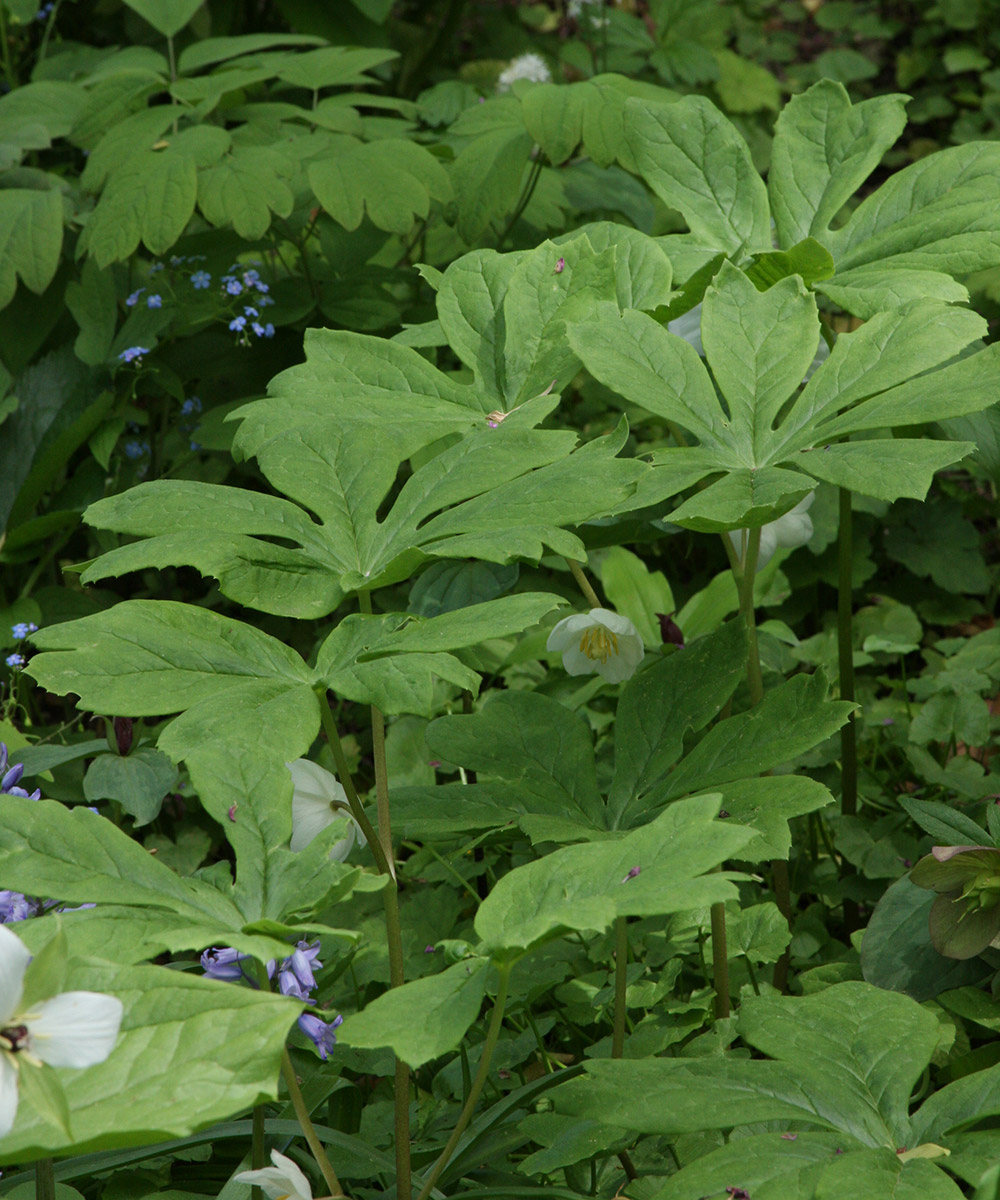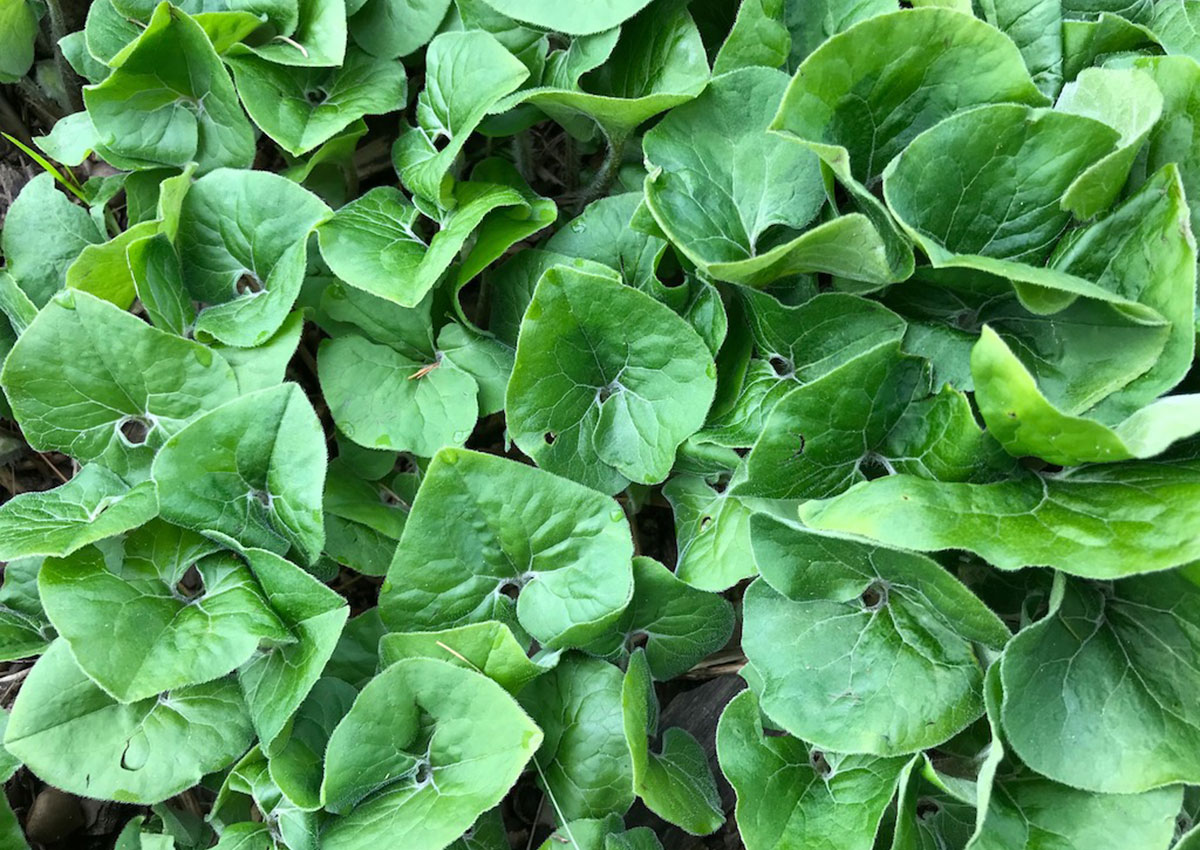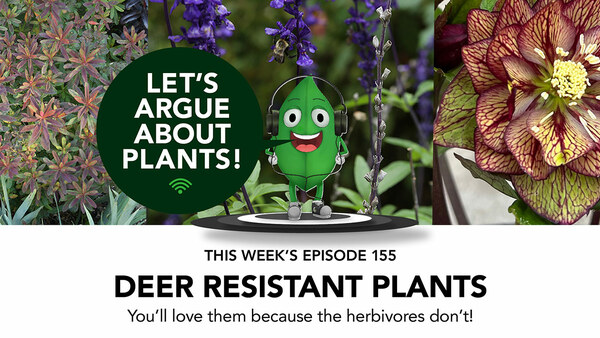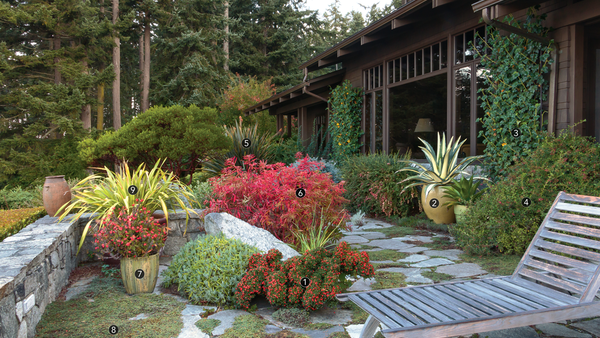
Why would you ever want alternatives to hostas (Hosta spp. and cvs., Zones 3–9)? These garden favorites are seemingly perfect—they can adapt to sun or shade, come in a multitude of colors and forms, and do the hard work of shading out weeds while also somehow looking fabulous while doing it. They are one of a gardener’s best tools when designing a garden.
But over the years, we have come to understand that for some gardeners, hostas are a nonstarter. These complaints typically come from those for whom deer pose an ever-present threat to their gardens. These gardeners should have some alternatives that, though not quite hostas, at least approach the form, habit, and color options hostas present—but that are avoided by deer.
Another group of people who sometimes question the popularity of hostas are those who are looking to incorporate more native plants into their beds for ecological diversity and to perhaps support wildlife that isn’t currently being supported by the lovable, affable hosta.
While there is no real replacement for a hosta’s big broad leaves and versatility, the options below do a good job as understudies.
Native alternatives to hostas
Umbrella plant


In mild climates, umbrella plant is a great choice for mimicking a large hosta’s effect in the garden. It prefers wet, cool, shady areas. The leaves, which can grow up to 1½ feet across, provide gorgeous texture and turn red in fall.
Name: Darmera peltata
Zones: 5–7
Native range: Northwestern California to southwestern Oregon
Size: 3 to 5 feet tall and wide
Giant trillium

Trilliums are a welcome sight come spring in the northern woodlands of the Americas. This species, Trillium chloropetalum, is native to the western range of the Rocky Mountains, but it can make a home in most temperate places with a little help. Somewhat larger than other varieties you may be more familiar with, it can grow to an overall height of over 2 feet and features leaves that can reach 7 or 8 inches long. Because trilliums are found in native woodland and scrub, it does well in shady, naturalized areas. The one detail that may derail your dreams for a trillium on every corner of your garden is the plant’s dormancy period, which begins in summer. Because of this, you may want to consider combining a trillium with another foliage plant that can take over as it recedes. Learn more about different varieties of trillium here.
Name: Trillium chloropetalum
Zones: 6–9
Native range: West of the Rocky Mountains
Size: 18 inches to 2 feet tall, with leaves up to 8 inches long
Skunk cabbage
|
|
|
Disregard the name if you can. A large patch of skunk cabbage is a site to behold, and skunk cabbages make a gorgeous replacement for hostas, especially in damp areas. Lysichiton americanus can be difficult to establish, but it is native to the Pacific Northwest and has gorgeous large leaves. The yellow flower of this skunk cabbage is also quite interesting, although the interesting part is actually a spathe. Symplocarpus foetidus is native to the eastern coast of North America, and its foliage is somewhat rounder than that of its western cousin. Both do well in shade conditions but can also handle full sun, and they prefer wet soil to standing water.
Name: Lysichiton americanus and Symplocarpus foetidus
Zones: 5–9
Native range: Pacific Northwest (western skunk cabbage); East Coast (eastern skunk cabbage)
Size: Up to 3 feet tall and wide
Mayapple

A mayapple colony is an excellent replacement for a hosta patch. This hardy perennial spreads via rhizomes and forms dense mats of umbrella-like foliage in damp, shady areas. Pollinators enjoy the flowers, and wildlife will eat the fruit. As an added benefit, mayapple can also be grown under black walnut trees (Juglans nigra, Zones 4–9) due to its juglone tolerance.
Name: Podophyllum peltatum
Zones: 3–8
Native range: North America west to the Southern Plains and Northern Plains
Size: 1 to 1½ feet tall and 1 to 2 feet wide (but colonies will spread and form large patches if allowed)
Wild ginger

The small leaves of wild ginger are more akin to those of a hosta variety such as ‘Sun Mouse‘ rather than ‘Sum and Substance’, but this plant works wonders as a ground cover in partial to full shade and beneath trees.
Name: Asarum canadense
Zones: 4–6
Native range: Manitoba to North Carolina
Size: 6 to 12 inches tall and 1 to 1½ feet wide (but colonies will spread and form large patches if allowed)
Goat’s beard

Goat’s beard prefers rich soil and is happy in full sun or partial shade. Though its foliage is less hosta-like than that of many in this list, the leaf habit, size, and showy flower spikes make it an interesting replacement for a spot typically reserved for hostas. Consider a cultivar such as ‘Kneffi’ if you’re looking for a smaller variety. Goat’s beard attracts bees, butterflies, and moths and acts as a host plant for the dusky azure butterfly.
Name: Aruncus dioicus
Zones: 4–8
Native range: Mid-Atlantic and midwestern United States
Size: 3 to 6 feet tall and 2 to 4 feet wide
Shooting star

Though shooting star is short lived in the garden, going dormant by midsummer, its foliage and flowers, which bumblebees in particular enjoy, make it a wonderful spring addition for texture and color in the garden. Shooting star will tolerate full sun as well as full shade as long as the soil drains well and is and evenly moist.
Name: Dodecatheon meadia
Zones: 4–8
Native range: Eastern North America
Size: 8 to 18 inches tall and 8 to 12 inches wide (but flower stalk can reach up to 3 feet in height)
Want even more options? Check out native ferns for more ideas!
Christine Alexander is the editor of FineGardening.com.




















Comments
This was a great article, Thanks for sharing alternatives that would be very useful. Thanks from https://www.packware.com.au/
I didn't know that this kind of plant exists, glad to find this article. Thanks. http://www.ohiosignaturepainting.com
Log in or create an account to post a comment.
Sign up Log in